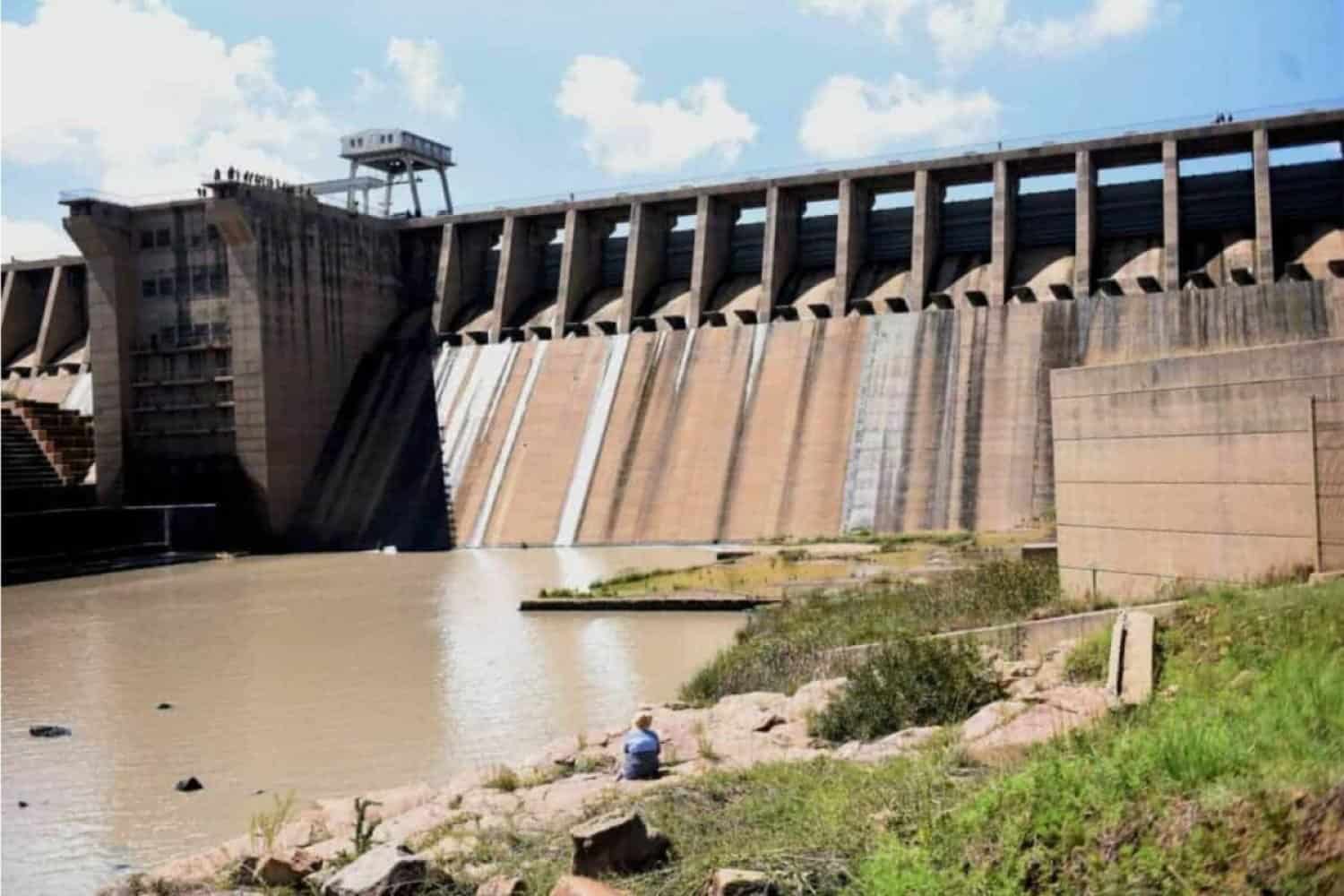
According to an expert, the Vaal Dam could fall to 18% by the end of March next year.
The Vaal Dam’s capacity levels took a further plunge according to the Department of Water and Sanitation’s (DWS) latest weekly report.
The dam, an essential part of the Integrated Vaal River System (IVRS), recorded a capacity of 28.2% of its full storage capacity (FSC) of 2.5 million cubic metres, this week.
According to the department’s comparison report, it went down from 29.6% the previous week.
Last year, the Vaal Dam — which supplies water to Gauteng — boasted a much higher capacity of 68.7%.
This significant decline continues to spark concerns over the region’s water security.
Vaal Dam
Water expert Carin Bosman told The Citizen that while the Vaal Dam’s decrease is substantial, it falls within expected parameters.
“The Vaal Dam falls by around one to two percentage points per week if there is no good rain in its upstream catchment, due to evaporation and regular consumption. The drop of 15.5 percentage points over 11 weeks is within the expected margins,” said Bosman.
According to Bosman, the rainy season in the upper reaches of the Vaal Dam catchment typically runs from October to early April, peaking in December and January.
“This year, the rainy season started a bit later, around 14 October, and we have not had many big showers yet, but we also have not yet entered the peak of the rainy season,” she noted.
ALSO READ: Vaal Dam levels drop by 15 percentage points in two months, but ‘not a significant concern’ yet
She said she would not consider the drop in levels to be a cause for “significant concern” at this stage, and “from a water security perspective, the backup system we have in the Sterkfontein Dam will cover any potential shortfalls.
“If the levels reach 18%, water from the Sterkfontein Dam will be transferred to the Vaal Dam system,” Bosman explained.
“The standard operating rule is that Sterkfontein Dam releases water to the Vaal Dam when the Vaal Dam reaches a level below 18%,” DWS Communication Services’ Sanku Tsunke told The Citizen.
Bosman said at the current rate of decline, the dam level could fall to 18% by the end of March.
WATCH: Vaal Dam levels below
ALSO READ: Johannesburg Water to throttle supply from 14 November
Water restrictions
The Gauteng DWS has been encouraging residents to use water sparingly due to low storage levels.
In an effort to curb the water crisis, the department imposed level 1 water restrictions.
The level 1 restrictions, introduced on 1 September 2024, prohibit daily water-related activities for 12 hours daily.
Between 6am and 6pm, residents should not:
- Water gardens using a hosepipe
- Fill swimming pools
- Wash cars
- Use hosepipes or high-pressure equipment on pavements
Joburg Water Spokesperson Nolwazi Dhlamini on Friday said the level 1 water restrictions were introduced due to the high demand season, which usually occurs between September and March every year (during hot temperature months).
“This is done to try to ensure consistent and uninterrupted water supply. Water consumption has risen significantly, with daily usage reaching approximately 270 litres per person, surpassing the target of 175 litres,” she said.
NOW READ: Water restriction tariff could be coming for Joburg residents

